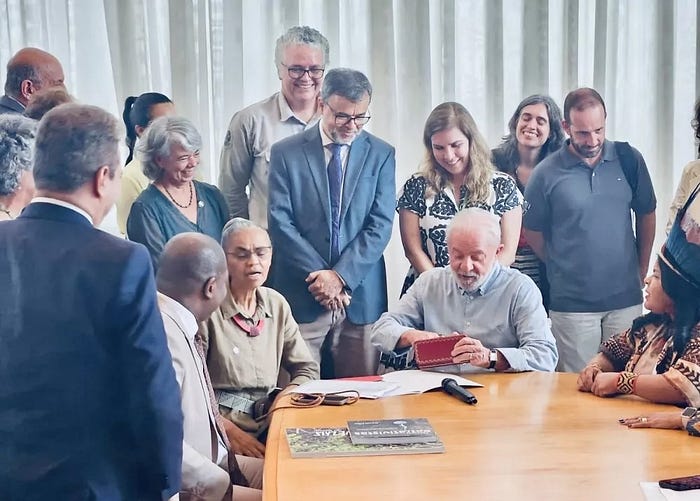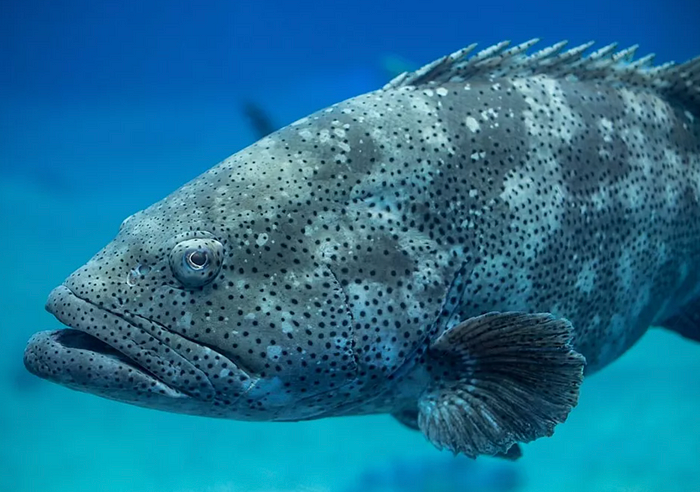Good news for conservation in Brazil!
Kelly Nealon

Rainforest Trust, with our partner RARE Brazil, recently completed the protection of over 180,000 acres of mangrove forest in Brazil — part of the largest, most intact contiguous belt of mangroves in the world.
The protection of this habitat is an exciting win for the Amazon, for the traditional fishing communities of this region, for the fisheries themselves and for the climate. President Luiz Inácio Lula da Silva of Brazil’s signing of the decrees that successfully complete Rainforest Trust’s Amazon Estuary project was announced in this article on the Brazilian government’s website.
This project was the first to be funded in part by the Rainforest Trust Brazilian Amazon Fund, created in 2023 to permanently safeguard 20 million acres in Brazil over the next four years.
In 2023, Rainforest Trust established specific goals in the Brazilian Amazon — 1) to permanently safeguard 20 million acres of intact forest as new protected areas and Indigenous territories, and 2) to safely lock up 6 billion metric tons of CO2 equivalents (more than the U.S.’s annual total CO2 emissions). This project marks the first legally protected area in the Amazon to be created with Rainforest Trust support, and represents a huge win for species and habitat conservation!
The new reserves completing the project are located along the coastline of Brazil where the Amazon River pours into the Atlantic Ocean and forms the immense Amazon River Estuary. The estuary holds 80% of Brazil’s mangroves — all located within a 9.5-million-acre coastal wetland of international importance known as a Ramsar site — and is home to at least 40 globally threatened species and 21 listed as threatened on Brazil’s “Red List.”
Mangrove forests are increasingly under attack around the world as coastlines fall to development, exploitation and other threats. In the past 30 years, more than 2.1 million acres of mangroves have been lost. Mangroves are of inestimable value for stabilizing the climate, and the intact forests in this designation will store over 40 million tons of CO2 equivalents.
A number of flagship species foundational to the ways of life of traditional communities are linked to mangroves, including the Swamp Ghost Crab and iconic Atlantic Goliath Grouper. This region is an important, unique refuge for manatees, who rely on mangroves to calve their young as well as migratory shorebirds and three species of sea turtle fighting extinction.



Not just critical to species survival, this region is also an important source of food and livelihoods for over 10,000 people in traditional coastal communities on the Amazon coast. The new federal designations will enable local communities to co-manage the reserves, defending their rich marine biodiversity from multiple threats of coastal development.
You can help support conservation action in Brazil and other critical areas across the globe.
See our Urgent Projects HERE.
Kelly Nealon is the Senior Communications Associate at Rainforest Trust.
